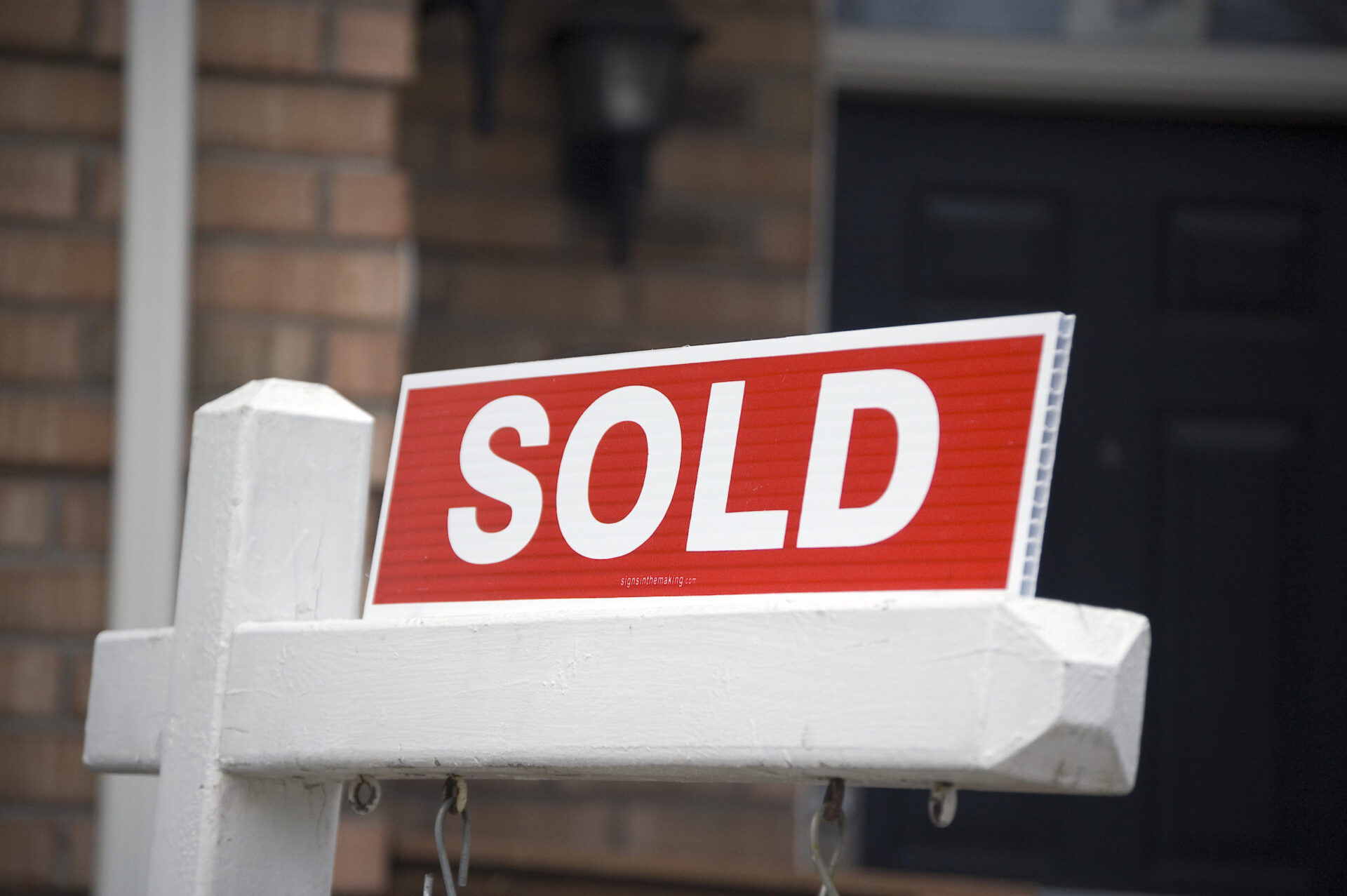By Damian Bell
Late last year, Congress passed a $1.4 trillion continuing resolution to fund the federal government. Just a few months later, a newly inaugurated president is pushing a newly inaugurated Congress to pass a Covid-19 relief bill that dwarfs that government funding package by $500 billion—for a total price tag of $1.9 trillion.
For a housing market that has stood out as a rare bright spot in an otherwise faltering economy, the mammoth undertaking raises the question: What’s in the offing?
If it becomes law, the unprecedented liquidity in the stimulus bill seems poised to support continued gains in house prices, which have boomed in recent months thanks to low interest rates. In short, the plan signals smooth sailing ahead—at least for now.
The Biden administration’s proposal would initiate another round of direct checks for Americans, this time in the amount of $1,400 for individuals. It would also, among other things, boost unemployment aid from $300 to $400 through September 2021 and extend $440 billion in aid to state and local governments.
Of particular interest to observers of the housing market is the establishment of a $10 billion fund that would be distributed to states for the purpose of helping homeowners catch up on their mortgage payments and utility costs. For lenders facing over 10 million homeowners behind on their payments, every dollar helps.
Storm Clouds?
But notwithstanding the present boom showing no immediate sign of slowing, some experts also caution that troubling indicators may represent storm clouds on the horizon.
Numerous households are hanging on mainly because of forgiving forbearance policies, says Amit Seru, professor of Finance at Stanford University.
“There are a lot of housing payments still to be paid. And if the interest rates creep up—which might be the case given the overheated economy with inflated asset prices—the housing boom may end quickly,” Seru said.
According to the Mortgage Bankers Association, 2.6 million homeowners are currently in a forbearance plan. This month, the Biden administration—in an administrative action separate from the relief bill currently before Congress—extended forbearance programs and the ban on foreclosures through June 2021.
According to Seru, a crucial question is how long forbearance policies can be extended without destabilizing the banks and investors financing loans.
“How this ‘forbearance overhang’ is unwound will be critical,” he told Mortgage Note.
When the bill comes due, requiring payments upfront may dampen economic recovery. On the other hand, backloading them (or forgiving them entirely) “could threaten the stability of the banking sector and dampen lending by banks,” Seru said.
Safety Valve
If low interest rates hold, however, a safety valve may exist anyway, argued Tobias Peter, Director of Research at the American Enterprise Institute’s Housing Center.
“Home prices are going up very, very strongly and will continue to do so. … So even if you get into trouble – if you fell behind on your mortgage and ended up in forbearance – you always have the option of selling your home or possibly refinancing because interest rates have dropped so much,” Peter said.
While he didn’t rule out the possibility of pain in certain areas, Peter sounded a more encouraging note for the industry: “For the market as a whole, it seems unlikely that with rates so low and so much demand and so little supply that home prices are going to turn anytime soon.”
According to Peter, though, that doesn’t mean other issues don’t loom over a longer time horizon. While prior Covid-19 relief packages—already unprecedented before the Biden administration’s $1.9 trillion proposal—so far have not produced runaway inflation in the broader economy, price appreciation of assets like homes is nothing to sniff at.
The dramatic recent price growth, driven in part by low interest rates and tight supply is predicted to continue and perhaps even accelerate over the coming months. The sharp increase represents an intensification of a longer-term trend: according to the Housing Institute’s research, home prices have shot up 75 percent since 2012. What worries Peter about that number?
“Market fundamentals, such as construction costs, wages, or rents ultimately underpin home prices,” he said. “They’ve only increased 25 to 35 percent over the same period. This is unsustainable over the long term.”
Peter worries that this gap is now only going to grow. “The further home prices get away from their fundamentals, the more painful the eventual home price correction will be,” he argued.
Asked about similar issues, Seru also sounded a cautionary note. While predicting inflation has been a fool’s errand for years, he acknowledged the possibility that low rates and stimulus may create inflation.
“If house prices start falling due to dampened housing demand, we might end up in a downward spiral quite quickly,” Seru said. “Let us not forget that unemployment levels are already very high. Combined with falling house prices, we could be back to the Great Recession scenario very quickly.”
